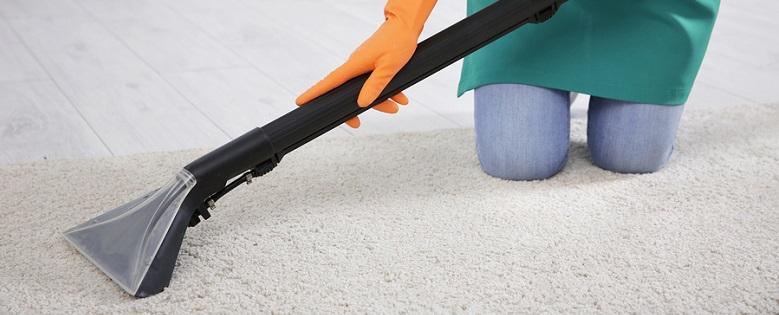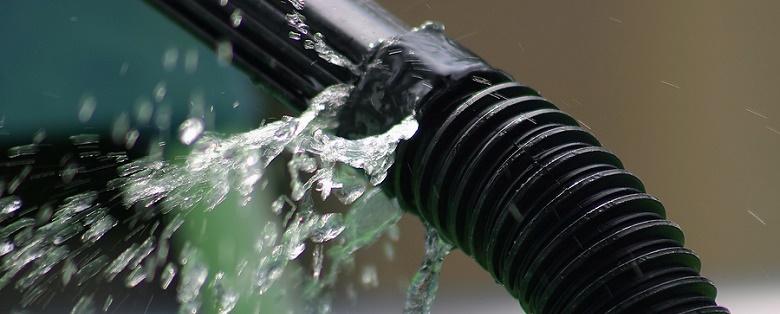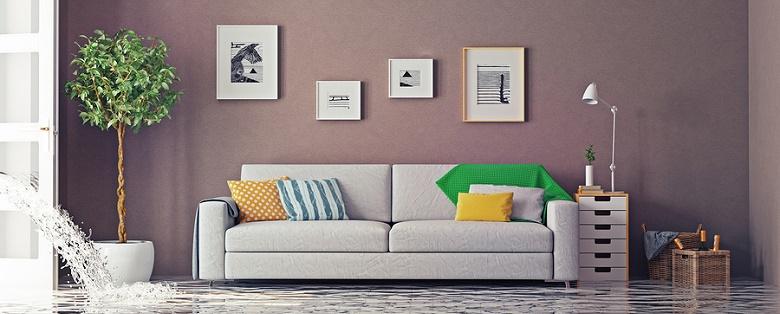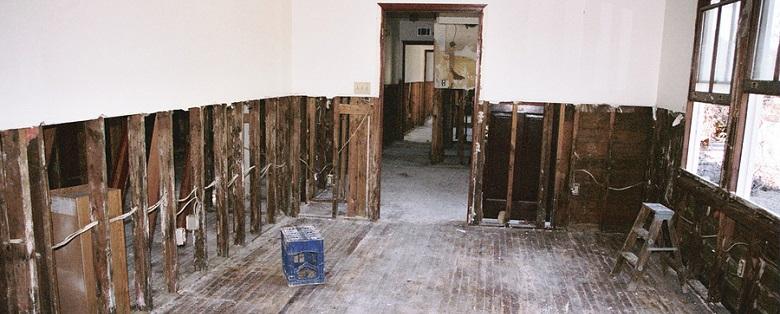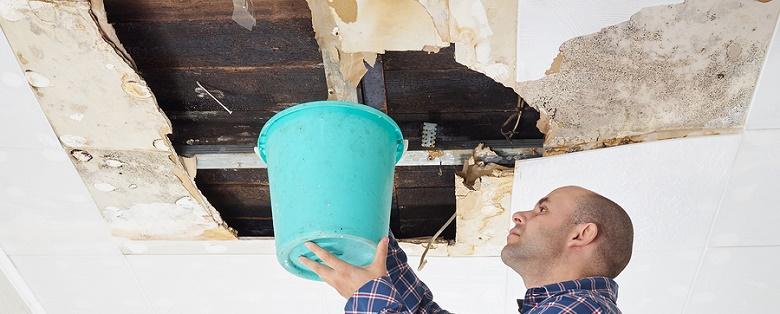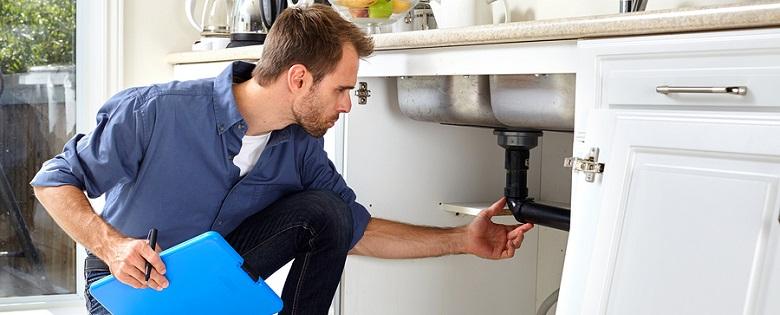
Water damage is one of the most common and costly concerns you may ever have to deal with as a homeowner. This may happen for a variety of reasons, both from inside the home or out, causing destruction to your property and personal items. While it may not be possible to prevent some events, you can reduce the need for water damage repair by preparing in advance.
Consider the helpful tips below provided by water damage restoration companies on how to reduce your risk and keep your home in great shape.
Prevent Floods Inside the Home
Although the idea of flooding may bring to mind strong storms and rising waters outside, there are many ways water damage can occur right inside your home. To reduce the chance of this happening, keep up with all interior home maintenance and consider the tips below:
- Regularly inspect all faucets, appliance hoses, and any pipes that you can access, looking for damage that could result in leaks or more substantial flooding. If there is any indication of wear, cracks, or other damage to these elements, repair or replace them or you may end up paying for water damage restoration instead.
- Inspect your bathtubs and showers to ensure the caulk is in good condition and the drains are working properly.
- Locate your main water shutoff valve and ensure all family members know where it is.
- Prevent flooding due to frozen pipes by installing an emergency pressure relief valve into your main plumbing lines. When leaving the home unattended for any amount of time, shut off the water supply to your washing machine. Broken washer hoses are a common cause of flooding that can require water damage repair.
Reduce the Chance of Water Entering Your Home
Floods are not the only cause of damage that requires water damage repair. Sometimes, even slow leaks over a long period of time can cause enough water damage that your home will need repair. Take care of the following exterior maintenance items to reduce this possibility:
- Arrange for regular inspections of your roof to ensure there are no leaks or other existing damage.
- Inspect gutters, downspouts, and sprinkler systems regularly. Keep gutters clear of debris that could cause blockages and make sure downspouts direct water away from the foundation of the house. Make sure that sprinklers are not saturating the ground near the foundation.
- Seal and caulk all doors and windows to prevent water from being blown in when it is raining.
Protect Your Investment With the Right Insurance
In addition to the preventive measures discussed above that can reduce your need to call a water damage restoration service, always be sure that you have the right insurance coverage. If you live in a flood zone, purchase flood insurance to protect your home and belongings. Make sure you understand what kind of coverage you have for accidents that occur inside the home.
If necessary, increase your coverage so your property can be repaired or replaced in the event that you have any kind of water event.
Not all water damage is preventable; however, there are definitely ways that you can protect your home from events that could cause the need for water damage repair. Through good home maintenance and taking a few extra precautions, you can reduce the risk of flooding and the related damage it causes. In the event that you do experience such an event, the right water and flood insurance may help pay for water damage restoration and the replacement of any items that may be destroyed!
